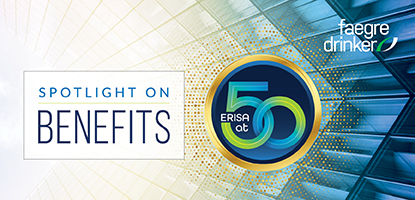Internal Revenue Code Section 83(b) elections can now be made on a standard IRS Form 15620. Previously, 83(b) elections were made on self-drafted forms. Individuals making an 83(b) election can still submit a self-drafted form, if desired.
Background on 83(b) Elections
An 83(b) election is typically made at the time a taxpayer receives a grant of unvested property, like restricted stock or profits interests. Under Code Section 83(a), property is taxed when vested and no longer subject to a substantial risk of forfeiture. Code Section 83(b) allows a taxpayer to accelerate the timing of the income tax inclusion to be as of the date of grant (prior to the property right vesting and becoming nonforfeitable). Taxpayers will make an 83(b) election in the hopes that the property’s value is lower as of the grant date than the vesting date, and to ease the administrative burden of determining the value of property at various vesting dates.

